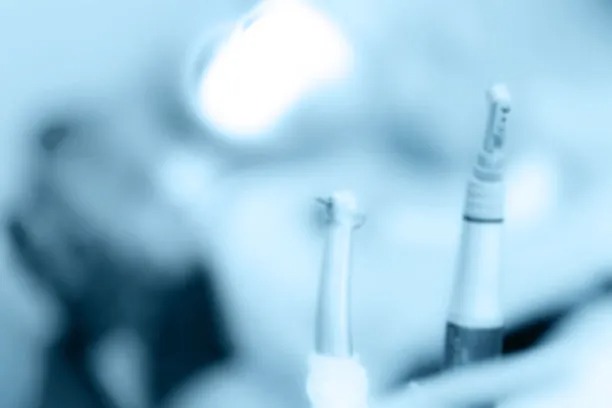The Emotional Journey and Essential Steps Involved in Extracting a Tooth for Dental Health and Recovery
Summary: Tooth extraction can evoke a whirlwind of emotions while also being a crucial step in maintaining dental health. This article explores the emotional journey individuals experience before, during, and after a tooth extraction, shedding light on the feelings of anxiety, relief, and recovery. We will delve into the essential steps involved in this dental procedure, including initial consultations, the extraction process itself, and post-operative care that is pivotal for a smooth recovery. By understanding these aspects, patients can better prepare themselves for the experience, leading to improved outcomes and emotional well-being.
1. Understanding Pre-Extraction Emotions

Before undergoing a tooth extraction, patients often experience a range of emotions that can significantly impact their overall dental experience. Anxiety is one of the most common feelings, stemming from fears of pain, the unknown aspects of the procedure, and potential complications. Such emotions can lead to avoidance behaviors, causing individuals to delay necessary dental care.
Another critical emotion is the sense of loss or sadness, especially if the tooth being removed holds sentimental value or is a prominent part of one’s smile. Patients may reflect on their memories with the specific tooth, creating an emotional bond that can complicate the decision to extract it.
Lastly, the anticipation of relief often surfaces, especially if the tooth in question is causing pain or discomfort. Patients may feel anxious yet hopeful that the procedure will bring an end to their dental woes, leading to a sense of empowerment over their health decisions.
2. Essential Steps Prior to Extraction
The journey towards tooth extraction begins with an essential consultation with a dental professional. During this visit, the dentist will assess the condition of the tooth, discuss the reasons for extraction, and outline the procedure. Understanding each step can help alleviate some of the anxiety associated with the extraction.
Next, a treatment plan is developed, often including diagnostic imaging such as X-rays. This step is crucial, as it allows the dentist to visualize the tooths structure and its relation to surrounding nerves and tissues, ensuring a safe extraction process.
Finally, discussing sedation options is another vital aspect before the extraction. The choice between local anesthesia, sedation, or general anesthesia will play a significant role in how comfortable and relaxed the patient feels during the procedure based on their emotional readiness and response to dental work.
3. The Tooth Extraction Process Explained
The extraction itself is a moment that garners significant emotional responses, from fear to relief. Upon arrival, patients typically undergo a brief check-in process and prepare for the procedure, which may heighten feelings of anxiety. It is essential for dental staff to provide guidance and reassurance during this stage, helping the patient feel more at ease.
During the extraction, the dentist employs a series of instruments to carefully remove the tooth. Patients should expect to feel pressure rather than pain, thanks to the anesthesia. Awareness of this fact can help mitigate anxiety and maintain emotional stability during the procedure.
Once the extraction is complete, a sense of relief often washes over patients, but many experience feelings of vulnerability or uncertainty as they begin to comprehend the aftermath of losing a tooth. This emotional cocktail makes it vital for dental professionals to offer compassionate support and clear directions for post-operative care.
4. Post-Extraction Care and Recovery
The emotional journey continues into the recovery phase, where patients must navigate both physical healing and lingering feelings about the procedure. Following the extraction, it is essential to follow care guidelines provided by the dentist, including managing pain with prescribed medications and avoiding certain foods.
Additionally, individuals often experience a mix of optimism and worry regarding the healing process. Regular check-ups can be scheduled to monitor progress, easing concerns about complications while instilling a sense of control over one’s recovery.
Finally, reconnecting with dental aesthetics, such as discussing options for replacements or smile restoration, can also be a positive emotional step. All of these elements contribute to a holistic recovery experience that considers both dental health and emotional well-being.
Summary:
In conclusion, extracting a tooth is not just a physical process; it is also an emotional journey filled with anxiety, relief, and recovery steps. By understanding the emotional preparations before extraction, the essential pre-operative and procedural steps, and what to expect during recovery, patients can navigate this experience with greater confidence and clarity. By prioritizing both dental health and emotional well-being, individuals can ensure a more positive outcome for their dental journey.
This article is compiled by Vickong Dental and the content is for reference only.



